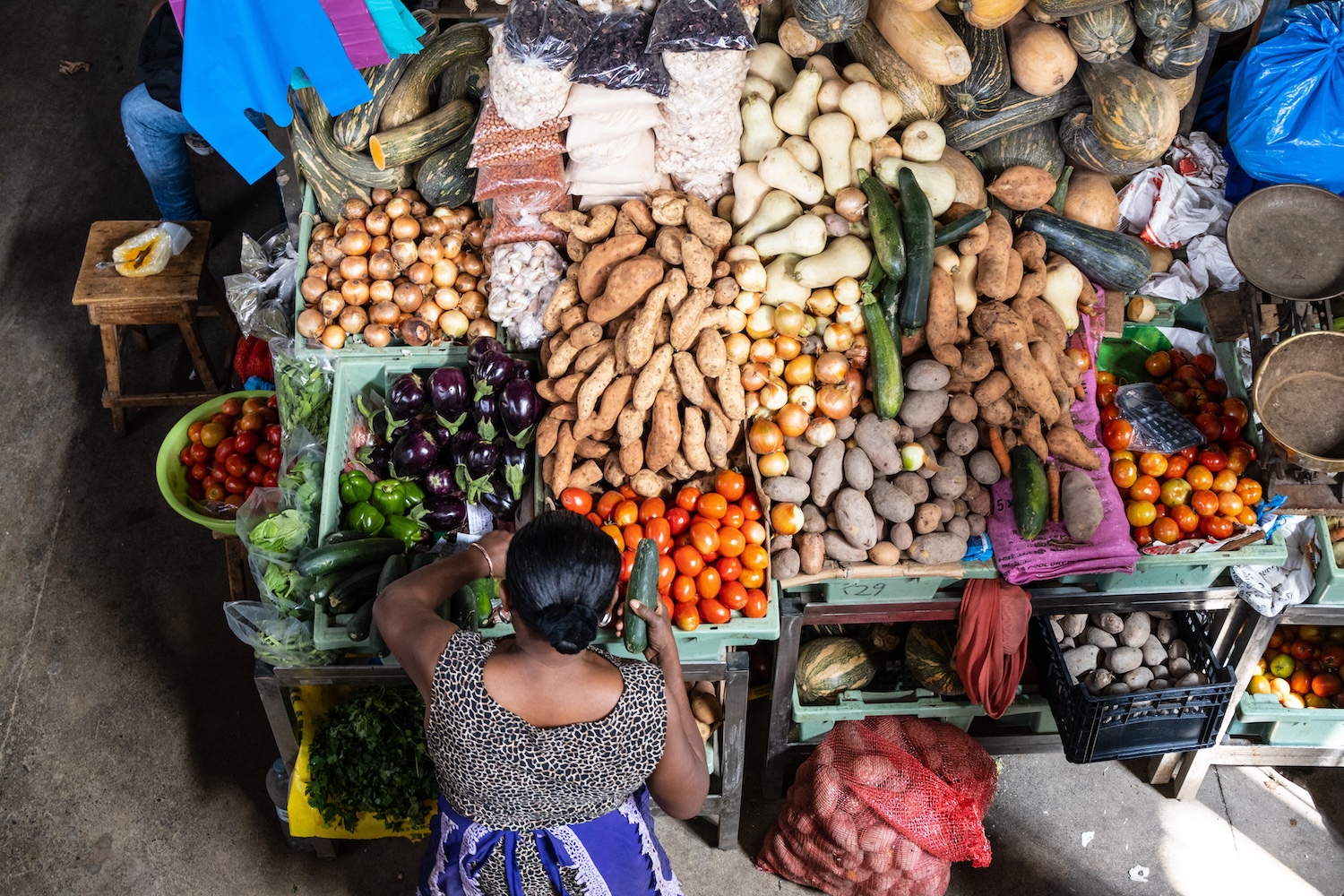2025 Year in Review
In 2025, science, innovation, and collaboration came together to deliver real impact for people and…
One just needs to read the daily news to be worried – conflicts spreading, hunger not in check, climate changing. Tragically, for millions of people around the world, these are just not headlines but a living reality; a hellish reality to be frank with lives and livelihoods devastated in apocalyptic ways. Against such a backdrop, one can’t be complacent about the state of the world. So, it comes as no surprise that at the recent High-level Political Forum on Sustainable Development (HLPF), the news was bad:
Only 17% of the Sustainable Development Goals (SDGs) targets are on track.

However, one positive note from the discussions was that everyone agreed that agenda 2030 and the Sustainable Development Goals was the best path available for sustainable development. All 17 SDGs might be imperfect, but they are the only agreed, globally developed goals we have got, so it is time to “double down”.
This is part of the clarion call contained in the Ministerial Declaration of the HLPF that took place from 8 to 17 July at the UN Headquarters in New York. HLPF 2024 identified priorities needed to accelerate progress. Some of these priorities include reforming the international financial architecture; bridging the digital divide; tackling runaway hunger and malnutrition that saw 733 million people go hungry in 2023; promoting gender equality; and addressing multidimensional poverty that currently afflicts about 1.1 billion people.
On SDG 2 in particular, the HLPF recognized the importance of ending hunger, achieving food security and improving nutrition, and promoting sustainable agriculture. It committed to:
With focus now shifting to the upcoming Summit of the Future in September, the world will have another high-level political and policy moment to continue reinvigorating the 2030 Agenda. As noted by the HLPF, the Summit should not create a new set of goals but instead concentrate on driving agreement on the much needed and long called-for structural reforms of global institutions to further consolidate progress towards the SDGs and rebuild trust with global citizens.
As we head into the final leg of the SDGs, the world has a clear must-do list including at the Summit of the Future. The enormity of the task beyond 2030 after the SDGs is even more daunting. The future UN Secretary General will have a full in-tray. SHE will need to think about ways to build collaboration more effectively and avoid the binary calls to action that frame current discussions too much.
